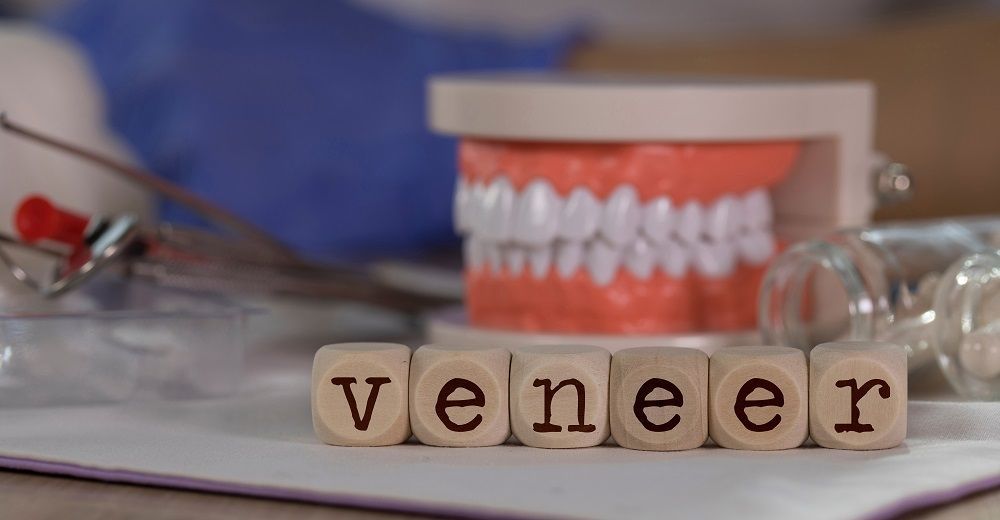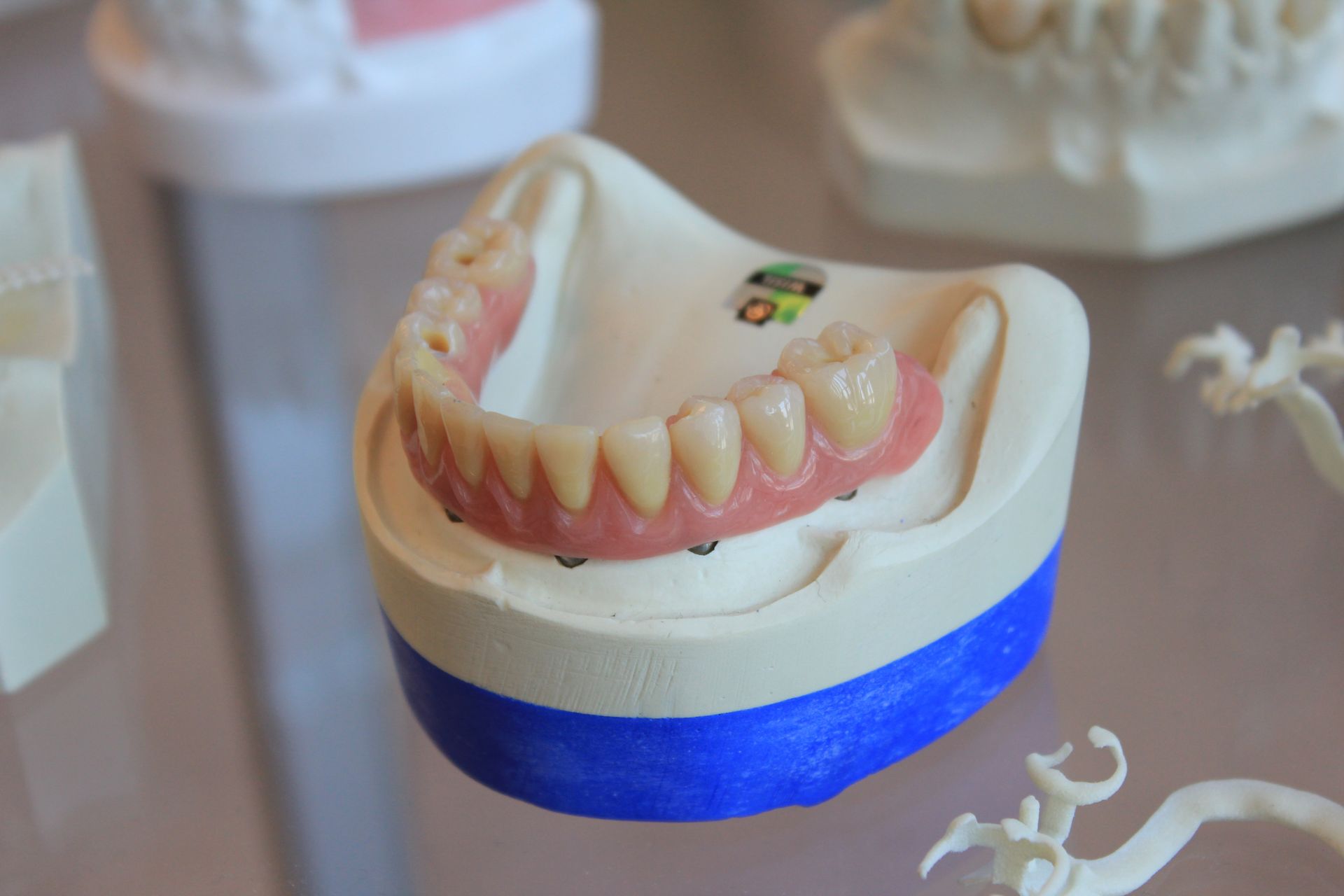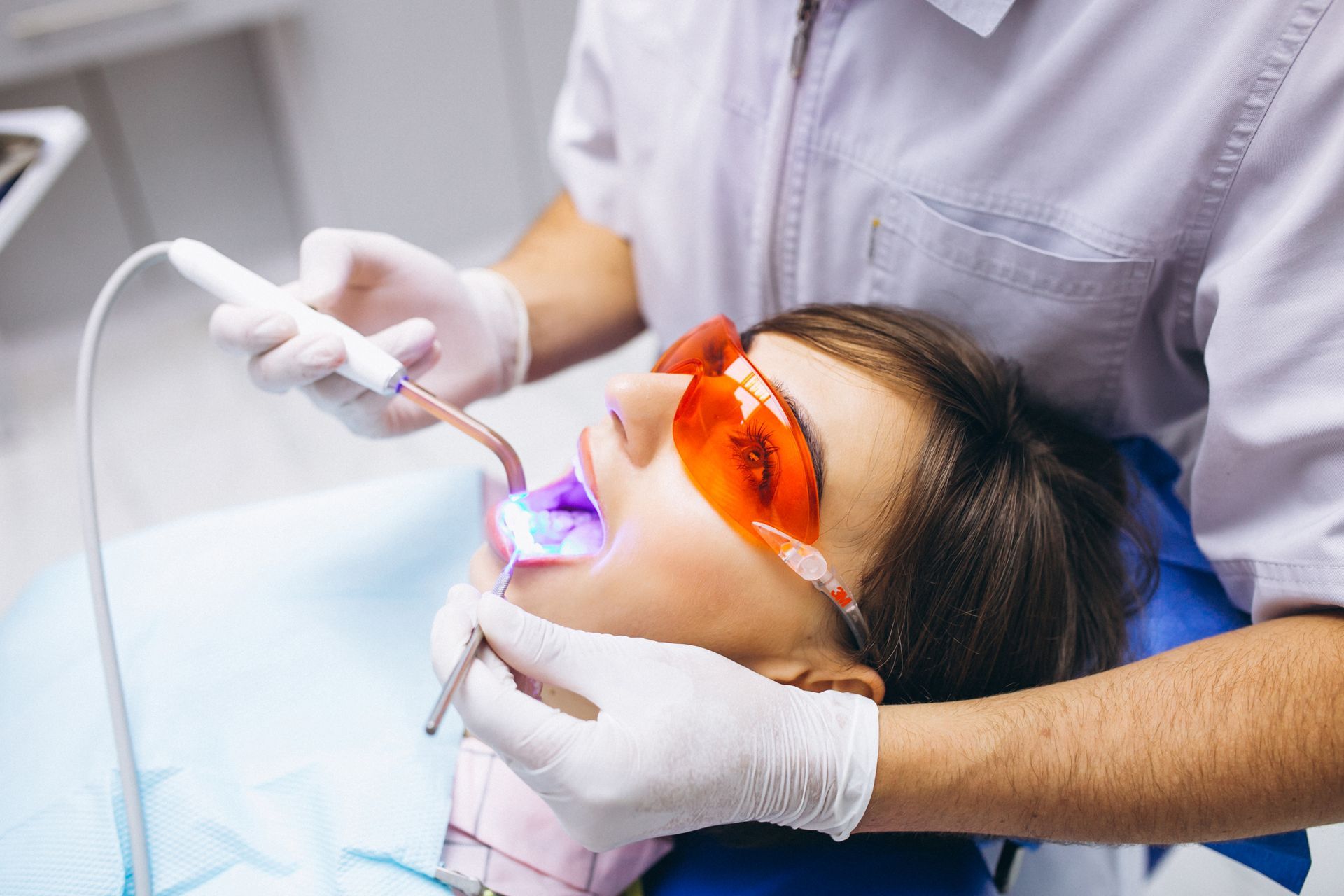What are Veneers Made Of

Dental veneers offer an excellent solution for addressing minor dental issues and improving the appearance of a patient's smile. They are aesthetically pleasing, long-lasting, and do not require invasive procedures. One common inquiry that dentists often receive about veneer treatment pertains to the materials used. Veneers are commonly crafted from either porcelain or composite resin.
Dental Veneers Materials
Dental veneers are thin, custom-made shells that are bonded to the front surface of teeth to improve their appearance. They can be used to correct various dental issues, such as discoloration, chipping, gaps, and misalignment. Several materials are commonly used for dental veneers, each with its own advantages and considerations. The main types of dental veneer materials include:
Porcelain Veneers:
Porcelain veneers are the most popular and commonly used type of veneers. They are crafted from dental ceramic materials and are known for their natural appearance and excellent resistance to staining. Porcelain veneers are custom-made in a dental laboratory, which allows for precise color-matching and customization to the patient's specific needs. They are considered to be highly durable and can last for many years with proper care.
Composite Resin Veneers:
Composite veneers are made from a tooth-colored resin material and are applied directly to the teeth by the dentist in Coppell. Unlike porcelain veneers, which are fabricated in a lab, composite veneers are sculpted and shaped directly on the teeth during the dental appointment. This process is less invasive and can be completed in a single visit. However, composite veneers may be more prone to staining and are generally not as durable as porcelain veneers.
Zirconia Veneers:
Zirconia is a type of ceramic material that is known for its strength and durability. Zirconia veneers are fabricated using computer-aided design and manufacturing (CAD/CAM) technology, which ensures precise fitting and excellent aesthetics. These veneers are highly resistant to chipping and cracking, making them a suitable option for individuals with bruxism (teeth grinding) or other biting issues.
Lithium Disilicate Veneers:
Lithium disilicate is another type of ceramic material used for dental veneers. Like zirconia, it is strong and durable. Lithium disilicate veneers are known for their translucent appearance, which closely mimics the natural look of teeth. They are a popular choice for individuals seeking highly aesthetic and durable veneers.
E-max Veneers:
E-max is a brand of lithium disilicate ceramic veneers known for their exceptional strength and lifelike appearance. These veneers are crafted from a single block of material, which helps to enhance their durability. E-max veneers are often favored for their ability to produce highly aesthetic results with minimal tooth preparation.
Pros and Cons of Dental Veneers
Choosing veneers can offer significant benefits for individuals looking to improve the appearance of their teeth. However, it's essential to consider both the pros and cons before making a decision. Here are some of the advantages and disadvantages of opting for dental veneers:
Pros of Veneers:
Enhanced Aesthetics: Veneers can dramatically improve the appearance of teeth by covering imperfections such as discoloration, chips, cracks, gaps, and misalignment. They create a natural and attractive smile.
Durability: Porcelain and zirconia veneers, in particular, are highly durable and can last for many years with proper care. They are resistant to stains and can withstand normal biting forces.
Minimal Tooth Reduction:
In most cases, veneers require minimal tooth reduction compared to dental crowns. This means that more of the natural tooth structure can be preserved.
Customization: Veneers are custom-made to match the shape, size, and color of your natural teeth. This allows for a personalized and natural-looking result.
Stain-Resistance: Porcelain veneers, in particular, are highly resistant to stains from substances like coffee, tea, and tobacco, helping maintain a bright smile.
Immediate Results: The process of getting veneers typically takes a few dental visits, and once they are bonded to the teeth, the results are immediate.
Cons of Veneers:
Irreversible Procedure: The process of getting veneers involves removing a small amount of enamel from the teeth to accommodate the thickness of the veneers. This step is irreversible, and once the enamel is removed, the tooth will always require protection with veneers or another restoration.
Cost:
Veneers can be relatively expensive, especially if multiple teeth need treatment. The cost may vary depending on the type of material used and the complexity of the case.
Sensitivity: Some individuals may experience temporary tooth sensitivity after getting veneers, especially if a significant amount of enamel is removed during the preparation process.
Potential for Damage:
While veneers are durable, they can still be damaged by excessive force, such as teeth grinding or using teeth to open packages. If a veneer chips or cracks, it may need to be replaced.
Not Suitable for Severe Orthodontic Issues:
Veneers can address minor misalignments, but for more severe orthodontic problems, orthodontic treatment (braces or Invisalign) may be necessary.
Replacement Eventually Required:
Veneers are not a permanent solution and will likely need to be replaced after 10 to 15 years, depending on the individual's oral health habits and the type of veneers used.
The Bottom Line
Discover the transformative power of dental veneers at Smiles By Design Dental. Our custom-made veneers, crafted from durable materials like porcelain and composite resin, can enhance your smile's appearance. Call us at (469) 451-5020 to schedule a consultation and achieve the smile of your dreams.
Coppell and Irving Smiles By Design Dental provides the best and latest in dental technology and treatment options.
FEATURED SERVICES
OPENING HOURS
- Mon, Wed
- -
- Tue, Thu
- Appointment Only
- Friday
- -
- Saturday
- -
- Sunday
- Closed







